Nunnamujip (눈나무집)
9.4Km 2020-06-16
136-1, Samcheong-ro, Jongno-gu, Seoul
+82-2-739-6742
Nunnamujip is famous for a North Korean dish called, “Kimchi mari guksu”, which is a noodle dish in cold kimchi soup containing toasted laver, a boiled egg, and sesame. The soup is refreshingly cold and a little spicy. For “Kimchi mari bap”, a bowl of rice is put into cold kimchi soup instead of noodles. The taste is very unique. In addition to Kimchimari, “Tteokgalbi” is a popular dish on the menu as well.
The main restaurant is located in the basement, which has only limited seating capacity with a few tables. As a result, many people usually wait in line for lunch or dinner. A second franchise has opened in a three-story building across the street. To enjoy a quaint atmosphere, the first establishment is better, but the new one’s interior design is much more modern and fancier, giving it a fresh altering look.
Gran Celebración de Jeongwol Daeboreum (정월대보름 한마당)
9.4Km 2025-02-05
Samcheong-ro 37, Jongno-gu, Seúl
02-3704-3106
El Museo Folclórico Nacional de Corea celebra la festividad de la luna llena, conocida como Jeongwol Daeboreum. Se realizan muchos eventos tradicionales para desear buena suerte en el nuevo año.
Estación de Seúl (서울역)
9.4Km 2023-08-11
Hangang-daero 405, Yongsan-gu, Seúl
Se trata de una terminal de todas las líneas de Gyeongbu (Seúl-Busan), KTX (tren de alta velocidad de Corea), trenes Saemaul, Mugunghwa y Nuriro (tren eléctrico ecológico). También tiene una línea de conexión llamada AREX (Airport Express) que une esta estación con el Aeropuerto Internacional de Incheon. En la Estación de Seúl se registra el mayor número de pasajeros en Corea, con un promedio diario de 100.000 pasajeros que entran y salen del complejo de la estación de tren, que incluye el nuevo edificio terminado en 2003. La Tienda Departamental Galleria y el hipermercado Lotte Mart, que se encuentran en las inmediaciones, también son lugares muy populares.
Lotte Outlets (Sucursal de la Estación de Seúl) (롯데쇼핑 롯데아울렛 서울역)
9.4Km 2024-02-20
Hangang-daero 405, Yongsan-gu, Seúl.
Parque Ciudadano de Maeheon (매헌시민의 숲)
9.4Km 2023-02-15
Maeheon-ro 99, Seocho-gu, Seúl.
El Parque Ciudadano de Maeheon, ubicado cerca del peaje de Yangjae, llamado originalmente Parque Ciudadano de Yangjae, fue establecido de cara a los Juegos Asiáticos y los Juegos Olímpicos que se celebraron en 1986 y 1988, respectivamente. El parque alberga unos 94.800 ejemplares de árboles de 43 especies diferentes, incluyendo pinos, olmos, arces coreanos púrpuras, castaños y pinos coreanos, entre otros. Es un entorno verde muy apreciado por los locales, especialmente para citas románticas. En otoño, hay abundancia de caquis y membrillos.
Entre las instalaciones disponibles se encuentran locaciones para fotos de bodas, un sendero de excursión de 4,8 km, un campo de baloncesto, un campo de voleibol (que también sirve para voleibol de pie), un sendero para caminar descalzo y equipamiento para hacer ejercicio al aire libre. Pueden verse también diferentes monumentos como el del héroe nacional Yun Bong-gil.
Darakjeong (다락정)
9.4Km 2021-03-26
131-1, Samcheong-ro, Jongno-gu, Seoul
+82-2-725-1697
Darakjeong has been popular for a long time because of the simple taste of its traditional Mandu (Korean stuffed dumpling). Since its opening in 1991, tasty soup and scrumptious Mandu have been served. A fist-sized Mandu is fully packed with seasoned meat, bean-curd, and various vegetables. Its thick dough makes it chewy and delightful. For one person, “Manduguk”(boiled dumpling soup) is a good choice. The delicious and nourishing taste of Mandu goes well with the sweet, spicy, and fresh taste of the soup. Manduguk is served in a brass bowl which keeps the food warm while eating. For a large-size group, “Mandujeongol” cooked with various vegetables in a casserole is recommended. There are two types of Mandujeongol that have different tastes. The main characteristic of “Kimchi Mandujeongol” is its spicy flavor, which reminds people of the refreshing taste of Kimchi soup, and “Tojang Mandujeongol” expounds on the savory taste of bean-paste soup. Tojang means folk soybean-paste. “Nokdujeon”(a Korean pan-fried dish with green mung bean) is another famous dish at Darakjeong, which is pan-fried with a very light seasoning to emphasize the original taste of Nokdu (green mung bean). Salted oysters with hot pepper are served with Nokdujeon instead of soy sauce, which is a perfect match.
Ramada Hotel & Suites by Wyndham Seoul Namdaemun [Korea Quality] / 라마다 호텔앤스위트 서울남대문 [한국관광 품질인증/Korea Quality]
9.4Km 2021-03-29
27, Chilpae-ro, Jung-gu, Seoul
+82-2-775-7000
Ramada Hotel & Suites by Wyndham Seoul Namdaemun is located in Sunhwa-dong, Jung-gu, at the center of Korea’s capital. Its location gives guests excellent access to Seoul’s major tourist sights, and some major sights like Namdaemun Market, the City Hall, Myeongdong, Gwanghwamun Gate, and Deoksugung Palace are reachable on foot. Seoul Station and City Hall Station are located nearby for good access to public transportation. The hotel is often used by international visitors to Seoul.
There are 244 rooms in total, from Superior Double and Twin to Deluxe Double and Twin, Triple, Premier Twin, Quad, Junior Suite Double, Corner Suite, Atrium Suite Family, etc. Facilities include a restaurant, a conference room, a cafe, an underground arcade, and a currency exchange kiosk. The business center offers copying, printing, scanning, and fax services. Up to 2 dogs can be brought into the room, but dogs carry a surcharge for cleaning per day and dog.
Galería K.O.N.G. (공근혜갤러리)
9.4Km 2024-08-06
Samcheong-ro 7-gil 38, Jongno-gu, Seúl
Estación Cultural de Seúl 284 (문화역 서울 284)
9.4Km 2023-08-11
Tongil-ro 1, Jung-gu, Seúl.
El edificio de la antigua Estación de Seúl fue diseñado por Tsukamoto Yasushi, un profesor de la Universidad de Tokio. La construcción de la estación empezó en junio de 1922 y fue completada en septiembre de 1925. Debido a su particular tejado, la estación recibió mucha atención en sus primeros años. Después de la liberación de Corea, la estación paso de llamarse Estación de Gyeongseong a Estación de Seúl. Durante la Guerra de Corea, la estación fue parcialmente destruida, pero reconstruida de nuevo más adelante. Después de que Corea iniciase su período de industrialización, la parte sur y la parte oeste de la estación se unieron para dar cabida al incremento del movimiento ferroviario.
En 2004, cuando se construyó la nueva estación, la antigua quedó cerrada, pero después de su reconstrucción en 2011 fue abierta como espacio multicultural con el nombre de Estación Cultural de Seúl 284. El área más grande, la sala Jungang, sirve para albergar actuaciones, exposiciones y eventos, mientras que el segundo piso tiene una sala como lugar para actuaciones culturales, exposiciones, seminarios académicos y reuniones de negocios, entre otros.
Hotel Elle Inn (엘르인호텔)
9.4Km 2025-07-17
24, Hangang-daero 71-gil, Yongsan-gu, Seoul
02-792-8700
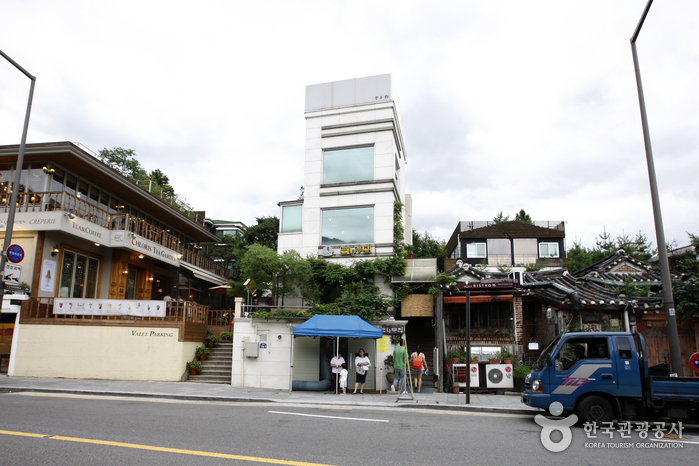


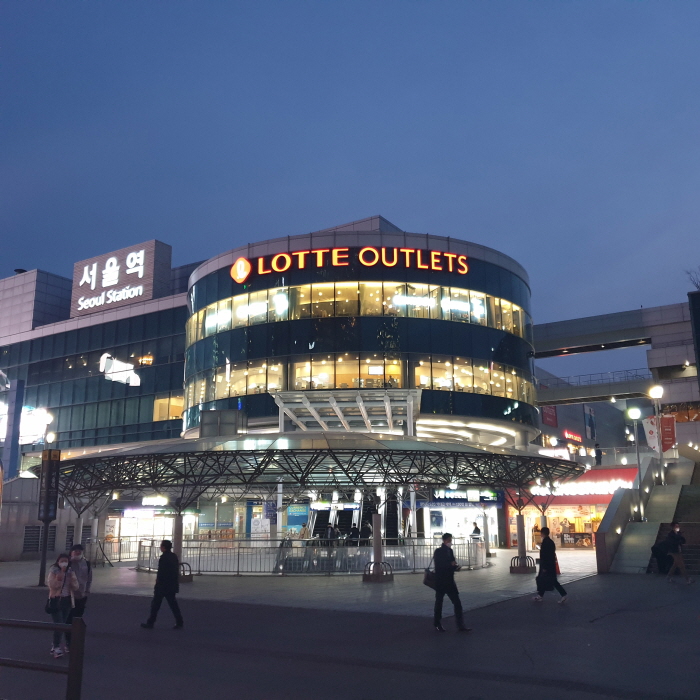
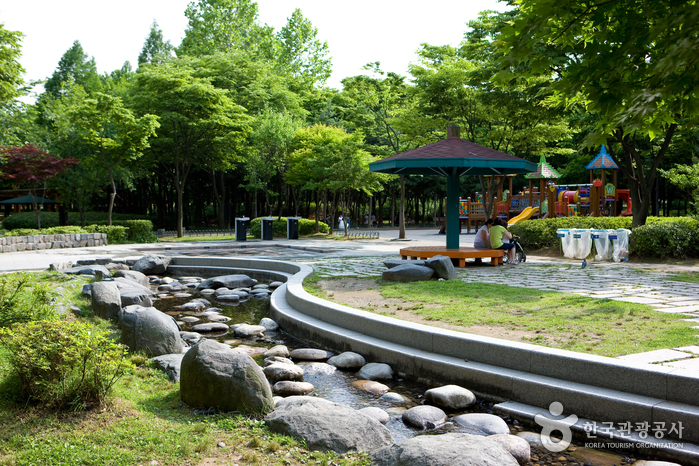

![Ramada Hotel & Suites by Wyndham Seoul Namdaemun [Korea Quality] / 라마다 호텔앤스위트 서울남대문 [한국관광 품질인증/Korea Quality]](http://tong.visitkorea.or.kr/cms/resource/55/2707755_image2_1.jpg)
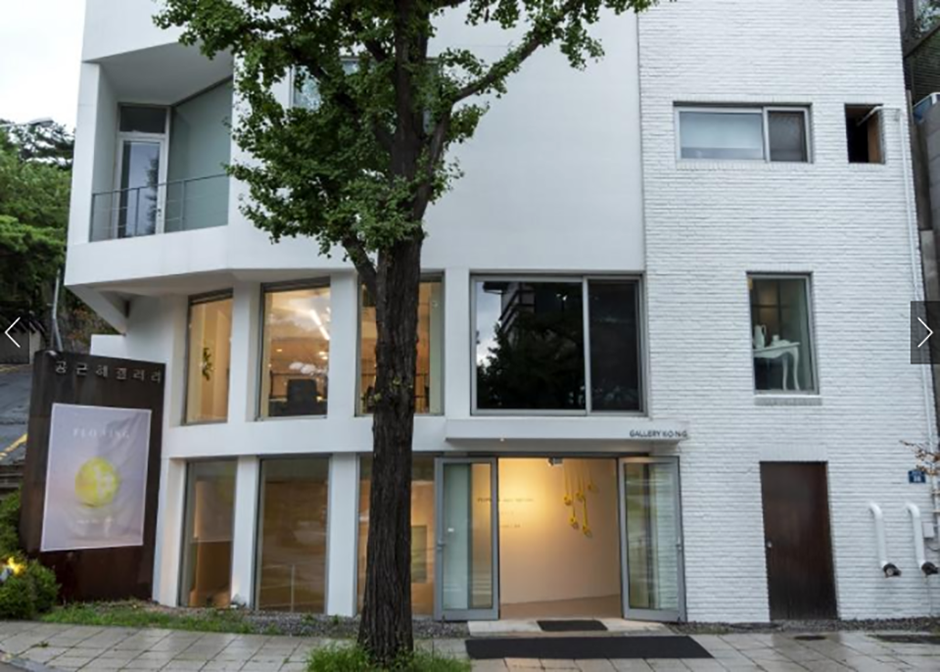
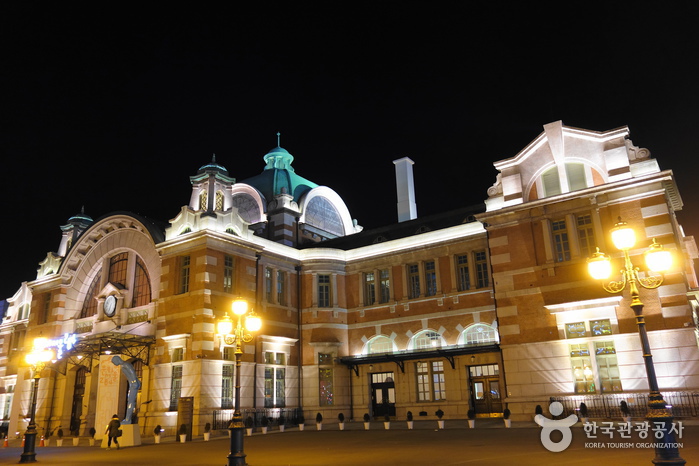
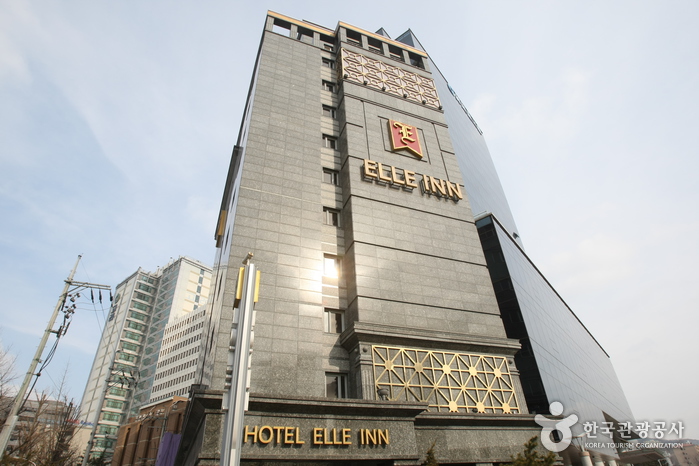
 Español
Español
 한국어
한국어 English
English 日本語
日本語 中文(简体)
中文(简体) Deutsch
Deutsch Français
Français Русский
Русский